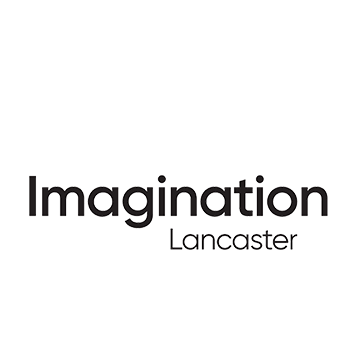Objectives
We will share insights generated during a research project which applied co-design approaches to the planning and delivery of highly innovative knowledge sharing experiences. The paper suggests the reconsideration of the roles, researchers, KE professionals and other stakeholders play in knowledge sharing activities by describing an alternative to the classical knowledge provider and recipient concept.
Prior Work
This research is informed by experiential learning (Kolb, 1984) and Co-Design (Sanders and Stappers, 2008) building on research undertaken by Cruickshank et al. (Cruickshank, Cruickshank, 2010, Cruickshank et al., 2009) on the role of creativity and design for innovation in knowledge exchange. The authors refer to knowledge management theory to distinguish knowledge sharing from knowledge exchange and transfer (Michailova and Sidorova, 2011).
Approach
Our approach to knowledge sharing is characterised by a participatory, co-creational understanding of KE research. Here academics and KE professionals use their expertise to design and provide a flexible structure and safe environment in which participant experts feel enabled to share relevant and create new knowledge across organisational boundaries.
We will describe how design expertise in creating tools and processes that enable communication through defined points of interaction can enhance knowledge sharing.
Results
By focusing on appropriate structures for knowledge sharing rather than the content, this approach has proven highly flexible in adapting to different topic spaces. This has been tested with more than a hundred companies ranging from creative industries to nuclear and civil engineering and varying in size from micro, SME to very large corporates (e.g. Arup, BBC, Halcrow) to Public sector participants (Dept. of Treasury).
Rather than broadcasting knowledge to an audience, we aim to identify knowledge overlaps between stakeholders, often precipitating the identification of landscapes of opportunities for further engagement. Thereby the impact generated extends beyond the time frame of planned events.
Implications
A new role for academics and KE professionals, transcending just providing expert knowledge to facilitating collective knowledge creation. This is a mutual process: it requires an attitude of open mindedness to regard each stakeholder in the knowledge sharing process as equal an expert in his or her own right.
Value
The paper will highlight challenges and opportunities related to a co-design approach in relation to real-world examples and reflect on the transferability and applicability to different contexts. We present co-design as a method to really achieving knowledge exchange rather than (in practice the still more common) knowledge transfer.
CRUICKSHANK, L. Designing Creative Frameworks: Design Thinking as an Engine for New Facilitation Approaches. International Journal of Arts and Technology, in press.
CRUICKSHANK, L. 2010. Designing Company Interactions: Innovation In Knowledge Exchange. FISCAR conference Helsinki, May 2010, 2010 Helsinki.
CRUICKSHANK, L., MATHER, A. & EVANS, M. 2009. Applied Imagination – Designing Innovative Knowledge Transfer Approaches. Innovation 09: Innovation through Knowledge Transfer (Conference), 2009. Institute of Knowledge Transfer.
KOLB, D. A. 1984. Experiential learning: Experience as the source of learning and development, Englewood Cliffs, N.J., Prentice-Hall.
MICHAILOVA, S. & SIDOROVA, E. 2011. From group-based work to organisational learning: the role of communication forms and knowledge sharing. Knowledge Management Research & Practice, 9, 73-83.
SANDERS, E. B.-N. & STAPPERS, P. J. 2008. Co-creation and the new landscapes of design. CoDesign: International Journal of CoCreation in Design and the Arts, 4, 5-18.
